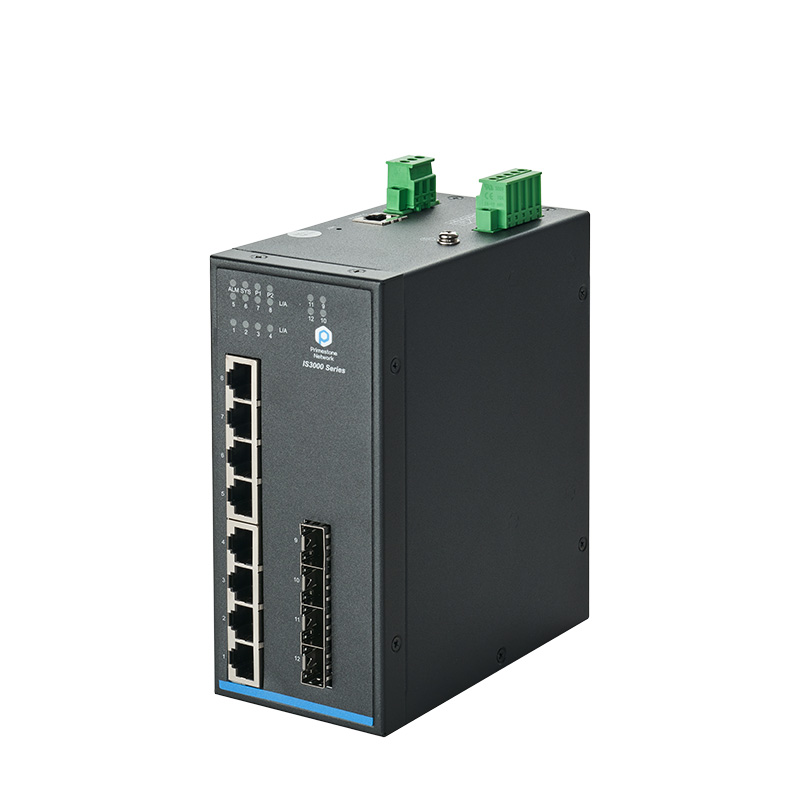With the rapid development of enterprise data communication services and related integrated services, industrial Ethernet switches, as indispensable critical equipment, have not only greatly improved in quantity, but also continuously improved in quality, performance, and other aspects.
However, with the development and application of industrial automation, the security issues of industrial Ethernet switches are gradually becoming prominent. The following are some common security issues with industrial Ethernet switches:
Authentication and authorization issues: Industrial Ethernet switches typically require user identity authentication and authorization to access and modify configurations. If the authentication and authorization mechanisms are not secure enough, it may lead to malicious attackers gaining control and performing malicious operations on the switch.
Denial of service attack: Denial of service attack refers to an attacker sending a large number of useless requests or instructions to the target device, making the device unable to function properly. Due to the fact that industrial Ethernet switches typically require forwarding and processing of sent and received data, they can also become targets of denial of service attacks.

Viruses and malware: Industrial Ethernet switches can also become channels for the spread of viruses and malware. Attackers can control and disrupt the entire network by installing malicious software on the switch.
Data attack on the network: When malicious users send a very large amount of data to the router through the switch, which also occupies most of the bandwidth of the uplink interface, other users will also be very slow to access the internet. So, the Ethernet switch needs to limit the speed of each port's inbound direction, otherwise malicious users can attack their network and affect all other users within that network.
Physical attack: Due to the fact that industrial Ethernet switches are usually installed on industrial sites, there is a high risk of physical attack. For example, a switch may be dismantled or modified by malicious attackers, connected to contaminated devices, or stolen.
To ensure the safety of industrial Ethernet switches, the following measures can be taken:
1. Use strong passwords and encryption technologies such as SSL/TLS to protect network communication security.
2. Enable technologies such as Access Control Lists (ACLs) and Virtual Local Area Networks (VLANs) to restrict unauthorized access.
3. Regularly update the software and firmware of industrial Ethernet switches, fix known vulnerabilities, and improve system security.
4. Restrict physical access to prevent malicious attackers from engaging in physical attacks.
5. Implement network security monitoring to timely detect and respond to network attacks and abnormal situations.
In summary, comprehensive measures need to be taken to address the security issues of industrial Ethernet switches, ensuring both technical security and strengthening personnel and management security measures to improve the overall security level of the network.
Contact: sales
Phone: 18688787693
E-mail: sales@hsindustrialswitch.com
Add: Room 608, Building B,GaoXinQi TEC Park,Baoan District, ShenZhen,China